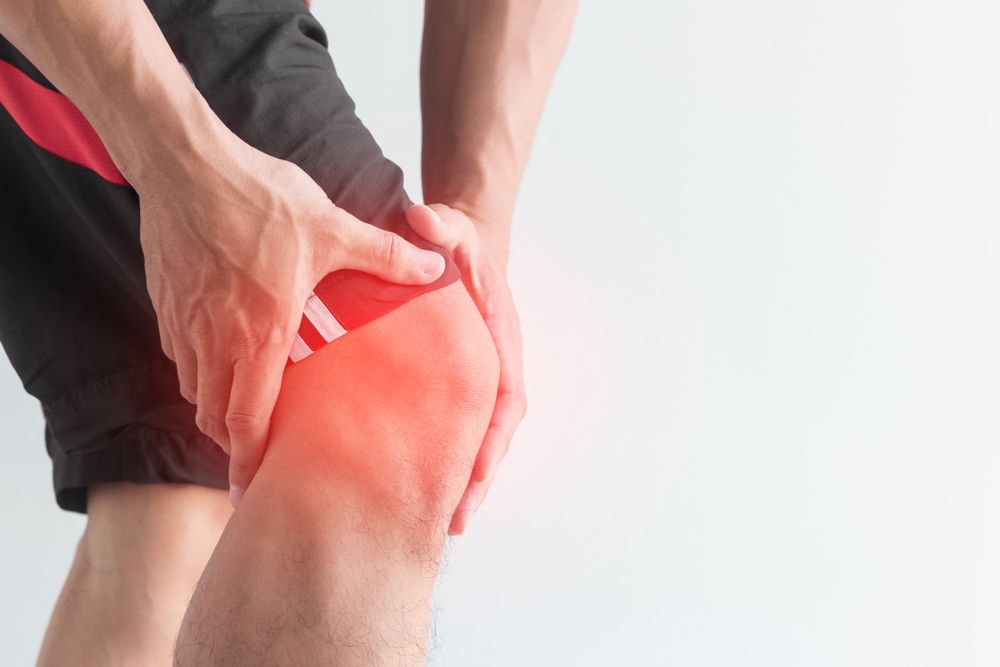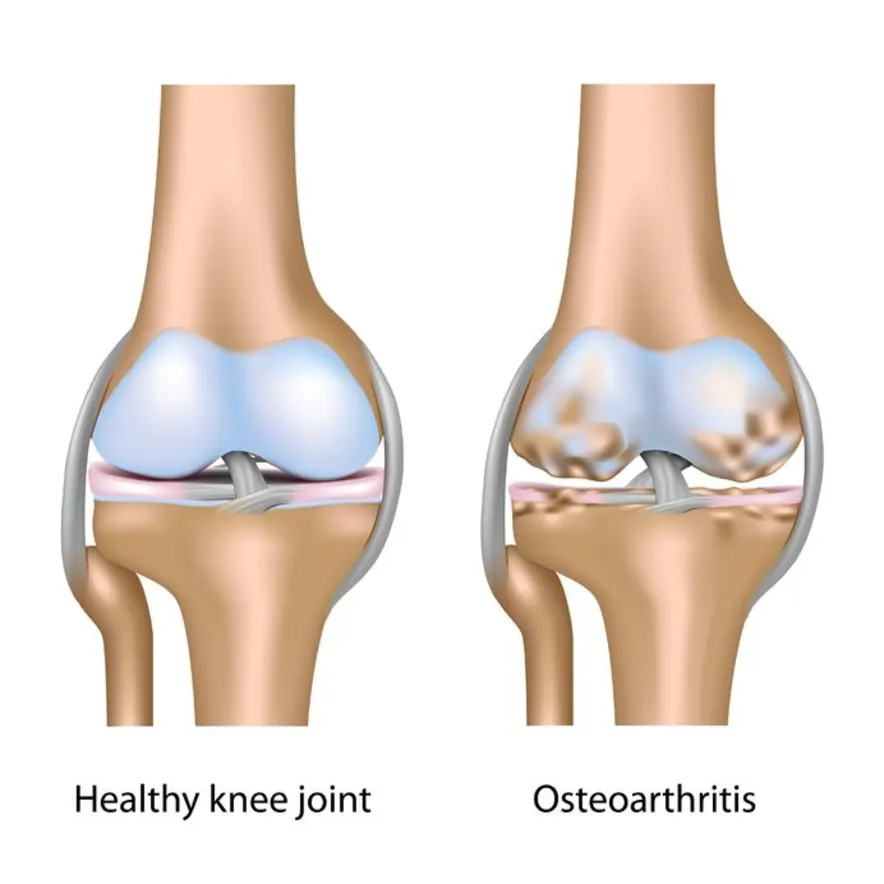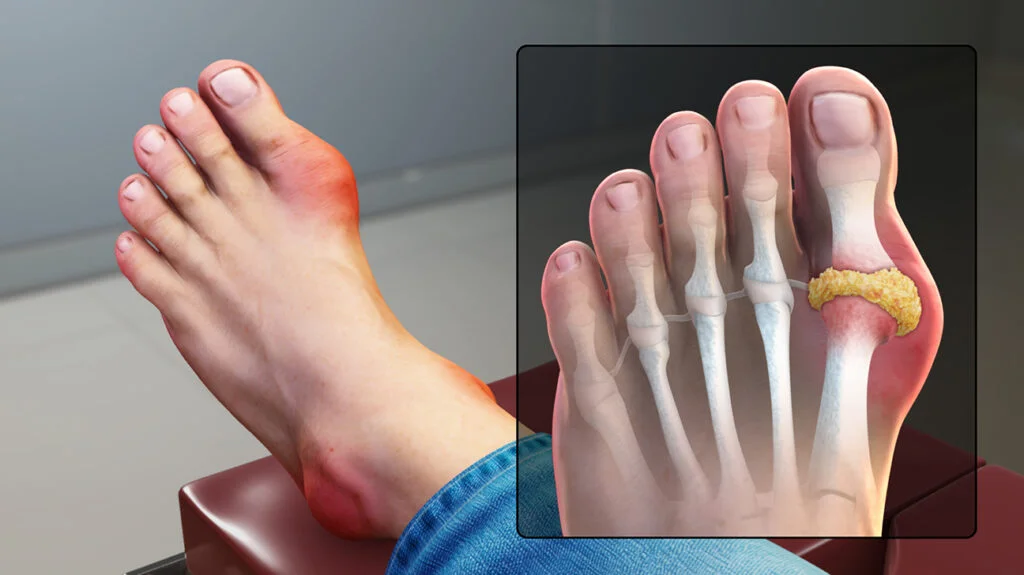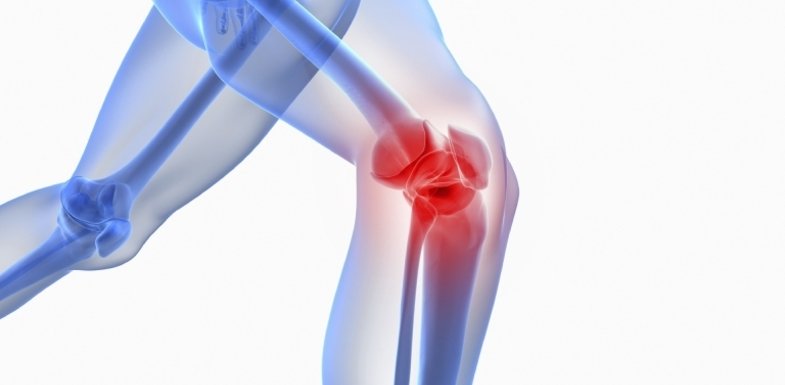Calcium pyrophosphate deposition disease or CPPD.
Root Cause of Disease
Pseudogout it is the one type of Knee Pain. Pseudogout often mistaken for gout, pseudogout is caused by calcium-containing crystals that develop in the joint fluid. Knees are the most common joint affected by pseudogout.
Pseudogout (SOO-doe-gout) is a form of arthritis characterized by sudden, painful swelling in one or more of the joints. Episodes can last for days or weeks. Pseudogout is formally known as calcium pyrophosphate deposition disease or CPPD. But the condition is commonly called pseudogout because of its similarity to gout. In both pseudogout and gout, crystal deposits form within a joint, although the type of crystal differs for each condition.
It isn’t clear why crystals form in joints and cause pseudogout, but the risk increases with age. Treatments can help relieve pain and reduce inflammation.
Symptoms
Pseudogout most commonly affects the knees. Less often, it affects the wrists and ankles. When a pseudogout attack occurs, the affected joints are usually:
- Swollen
- Warm
- Severely painful
Causes
Pseudogout has been linked to the presence of calcium pyrophosphate dihydrate crystals within the affected joint. These crystals become more numerous as people age, appearing in nearly half the population older than age 85. But most people who have these crystal deposits never develop pseudogout. It’s not clear why some people have symptoms and others don’t.
Factors that can increase your risk of pseudogout include:
- Older age: The risk of developing pseudogout increases with age.
- Joint trauma: Trauma to a joint, such as a serious injury or surgery, increases the risk of pseudogout in that joint.
- Genetic disorder: In some families, family members have a hereditary tendency to develop pseudogout. These people tend to develop pseudogout at younger ages.
- Mineral imbalances: The risk of pseudogout is higher for people who have excessive calcium or iron in their blood or too little magnesium.
- Other medical conditions: Pseudogout has also been linked to an underactive thyroid gland or an overactive parathyroid gland.
Medications
If over-the-counter pain relievers aren’t enough, your health care provider may suggest:
- Nonsteroidal anti-inflammatory drugs (NSAIDs): Prescription strength NSAIDs include naproxen (Naprosyn) and indomethacin (Indocin). NSAIDs can cause stomach bleeding and decreased kidney function, especially in older adults.
- Colchicine (Colcrys, Mitigare) : Low-dose pills of this gout drug are also effective for pseudogout. If you have frequent episodes of pseudogout, you may be advised to take colchicine daily as a preventive measure.
- Corticosteroids: If you can’t take NSAIDs or colchicine, your health care provider may suggest taking corticosteroid pills, such as prednisone, to reduce inflammation and end the attack. Long-term use of corticosteroids can weaken bones and cause cataracts, diabetes and weight gain.
Home Remedies to treat Pseudogout
Remedy – 1: Turmeric
Materials : Turmeric

Add a pinch of turmeric and a teaspoon of honey in a glass of lukewarm water and drink this solution on a regular basis for a week. Turmeric contains anti-inflammatory and antioxidant properties, which makes it an excellent remedy for treating joint pains.
Product Link: Turmeric
Remedy – 2: Ginger
Materials: Ginger

Ginger is biologically called Zingiber Officinale. These can be easily included in your diet and go a long way in curbing knee pain
Product Link: Ginger
Remedy – 3: Garlic
Materials: Garlic

The medical name for garlic is allium sativum. Five to six cloves eaten everyday has proved to reduce knee pains.
Product Link: Garlic
Preventions
- Limit how much alcohol you drink.
- Limit how much purine-rich food, such as shellfish, lamb, beef, pork, and organ meat, you eat.
- Eat a low-fat, nondairy diet that’s rich in vegetables.
- Maintain a healthy weight.
- Avoid smoking.
- Exercise regularly.
- Stay hydrated.




